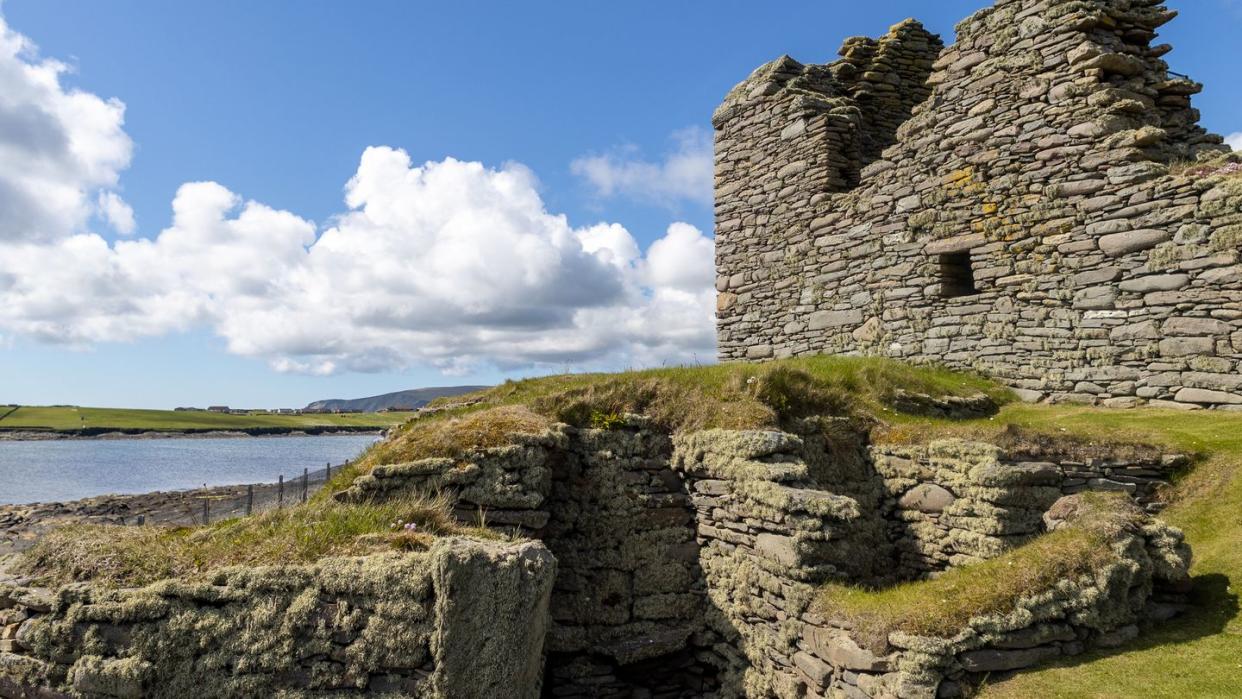Archaeologists Have Uncovered a Bronze Age Civilization Completely Lost to Time

Researchers used satellite images to help expose a societal landscape in Bronze Age Central Europe.
The archaeological team discovered over 100 sites in a complex network, highlighting the largest structures in the world at that time.
The new discovery changes our understanding of how society worked in this region during the Bronze Age.
The world already knew that the largest structures in the world (prior to the Iron Age) were the Bronze Age megaforts of Central Europe. What they didn’t know—at least, until it was unveiled by new satellite and aerial images—is that those megaforts were connected in a previously unknown network of 100 massive sites that stitched together to form a complex society.
Archaeologists found that the “massive sites did not stand alone, they were part of a dense network of closely related and codependent communities,” Barry Molloy—one of the authors of the new study describing these structures, published in the journal PLOS One—said in a statement. “At their peak, the people living within this lower Pannonian network of sites must have numbered into the tens of thousands.”
Some of the largest megaforts—like Gradište Iđoš, Csanádpalota, Sântana, or Corneşti Iarcuri—were enclosed by over 20 miles of ditches and were the largest of the Bronze Age. They were located in the Carpathian Basin, which extends across central and southeast Europe and is cut through by the Danube River.
Similar to the way that 396 previously unknown Roman forts were exposed in modern-day Syria and Iraq through Cold War-era satellite imagery, unlocking over 100 new sites in Central Europe is a feather in the cap of technology-assisted archaeology, and expands our understanding of ancient societal networks.
The new finds were all located near the Tisza River, which now extends through several national boundaries, all within 50 miles of one another. Through ground surveys, excavation, and geophysical prospection, the team established that most of the sites were established between 1600 and 1450 BC, and were likely maintained until an en masse abandoning around 1200 BC.
The tight proximity leads archaeologists to the conclusion that this wasn’t a highly contested region of multiple kingdoms, but rather a cooperative community that served as a major hub for the region at a time when the Mycenaeans, Hittites, and New Kingdom Egyptians all enjoyed success.
“Our understanding of how their society worked challenges many aspects of European prehistory,” Molloy said. “It would be extremely unlikely for each of these 100-plus sites to have been individual chiefdoms competing with each other.”
This is made apparent, in part, by the level of detail in which the images were captured. “Uniquely for prehistoric Europe, we are able to do more than identify the location of a few sites using satellite imagery but have been able to define an entire settled landscape, complete with maps of the size and layout of sites, even down to the locations of people’s homes within them,” Molloy said. “This really gives an unprecedented view of how these Bronze Age people lived with each other and their many neighbors.”
The timing also lines up with a major turning point in Europe’s history—military and earthwork technologies spread across the continent, before collapsing around 1200 BC. This network of sites could help explain how an important group of people likely defined the material culture and iconography that spread across Europe.
The scope of the sites may also challenge the leading theory on why the 1200 BC collapse occurred. Previously, it was believed that the abandonment of central places was due to diminishing populations. But the authors counter that the complexity and density in the settlement systems instead shows “increased scale” thanks to “intensified long-distance networks.”
Of course, it wasn’t all white picket fences. “Major innovations in warfare and organized violence took place at this time,” Molloy said. “The scale of this society indicates it was relevant and powerful on a European stage and between force of arms and major defensible features at settlements, they were well equipped to defend their gains.”
You Might Also Like

